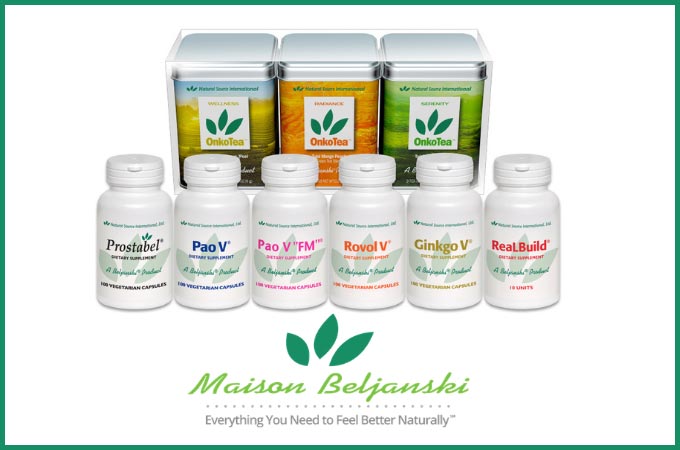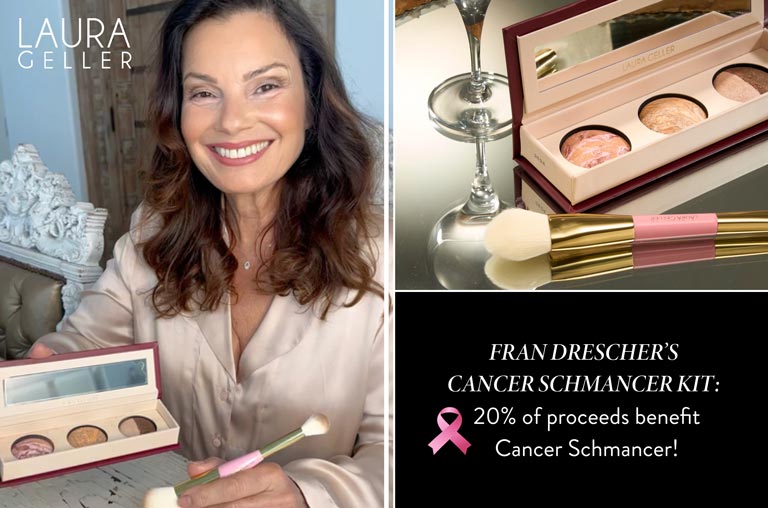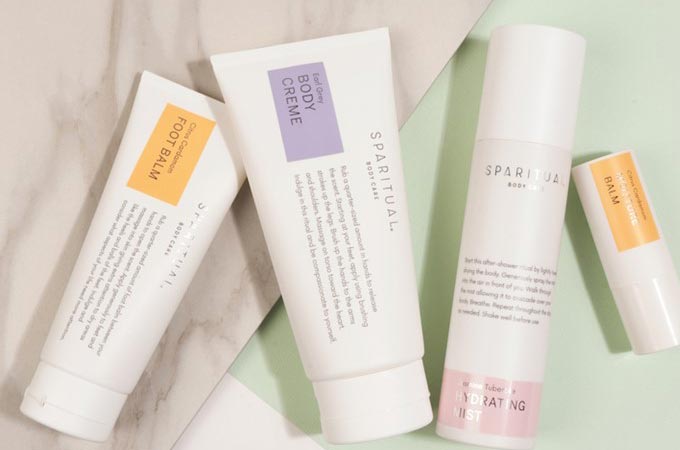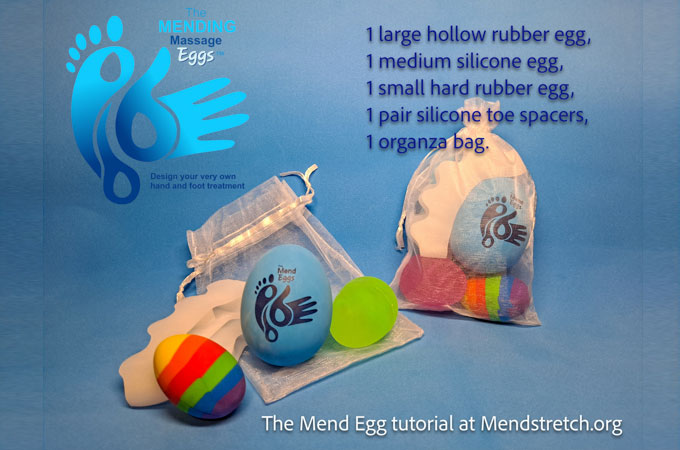BLOG: Sharyn Wynters, Naturopath
Lead is known to brighten colors – and that’s why it was used in paint for many years. But while Congress still fights to stop lead paint on imported toys, many women unknowingly ingest it every day in their lipstick. Lead is not a contaminant in lipstick – it is not a by-product of other ingredients – it is purposefully added to help strengthen and brighten colors – especially the color red.
Rumors had circulated for some times that lipstick contained lead, but since lead is not required to be disclosed on the ingredient label, the only way to find out if it was there was to test. That’s what the Environmental Working Group did in 2007. Thirty-three brand name lipsticks were tested by an independent lab- twenty tested positive for lead with levels from 0.3 parts per million (ppm) to .65 ppm. (The safe upper limit is 0.1 ppm, established for lead in candy).
Lead is a potent neurotoxin linked to numerous health and reproductive problems. It accumulates over time; long term exposure can build up to toxic levels causing brain damage and learning disabilities. Because lipstick is applied to the lips and often reapplied several times during the day, the risk from lead in lipstick is more than significant.
Lipsticks also contain the following ingredients that should be avoided: BHT, coal tar dyes, colors with the word “lake” after them (they are derived from aluminum), FD&C colors, fragrances, and petroleum products. Purchase lipstick only from companies that have a strong commitment to safety.
Exerpted from "Survive! A Family Guide to Thriving in a Toxic World" By Sharyn Wynters, ND and Burton Goldberg, LHD.Sharyn Wynters is a naturopath with over 30 years of experience in health and wellness. Her book provides descriptions of areas of concern regarding toxins, offers suggestions for healthier solutions and provides lists of products and companies that provide safer alternatives. For more information on lead and other toxins, check out Dr. Wynter’s book Survive: A Family Guide to Thriving in a Toxic World. http://www.cancerschmancer.org/promo/survive-family-guide-thriving-toxic-world-sharyn-wynters-nd-0
























